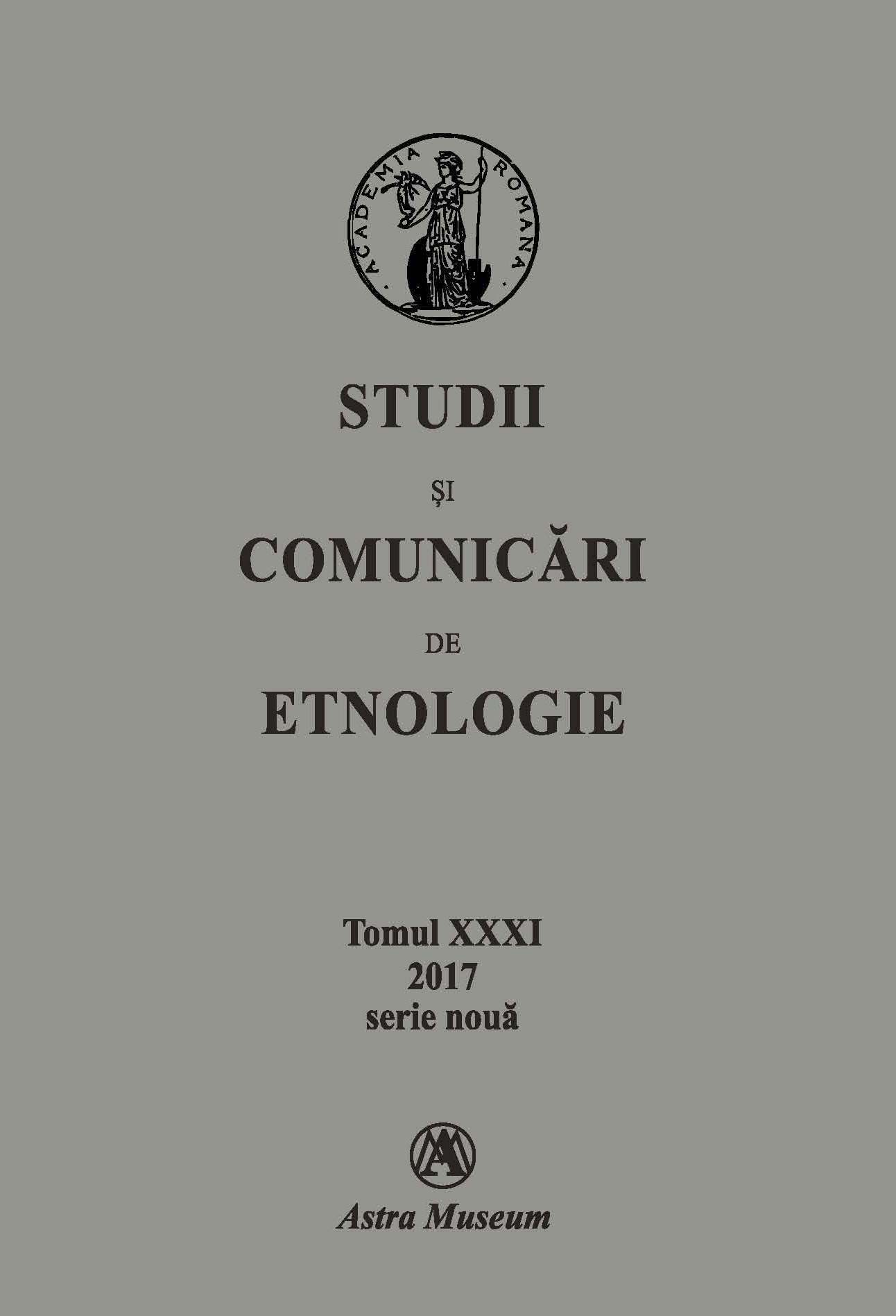
L’Encyclopédie « entière » ou comment mettre en relation le discours et les planches, à travers l’exemple du traitement en image et en texte de l’étonnement
It is a fact: Encyclopedia’s text (in 17 volumes) is read without considering the plates (in 11 volumes), but it could be useful and relevant to take an example of a strong interaction between text and plates. The example that is choiced is a passion : astonishment. To compare its presentation in text and plates, three particular plates from DESSIN are studied and all the articles about the passion of astonishment and surprise are examined.
More...

